| Structure | Name/CAS No. | Articles |
|---|---|---|
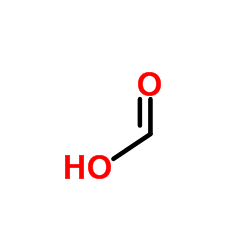 |
Formic Acid
CAS:64-18-6 |
|
 |
Hydrochloric acid
CAS:7647-01-0 |
|
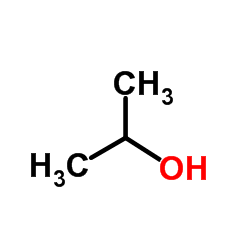 |
Isopropanol
CAS:67-63-0 |
|
 |
Sodium hydroxide
CAS:1310-73-2 |
|
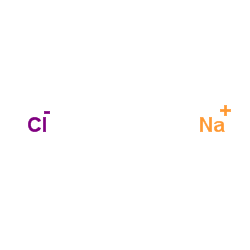 |
sodium chloride
CAS:7647-14-5 |
|
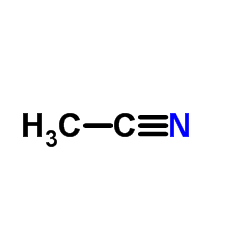 |
Acetonitrile
CAS:75-05-8 |
|
 |
Methanol
CAS:67-56-1 |
|
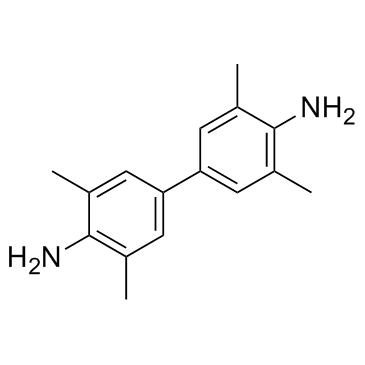 |
Tetramethylbenzidine
CAS:54827-17-7 |
|
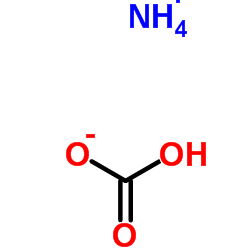 |
Ammonium Bicarbonate
CAS:1066-33-7 |
|
 |
3-Ethyl-2,4-pentanedione
CAS:1540-34-7 |